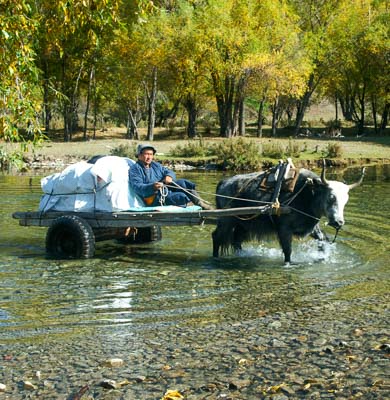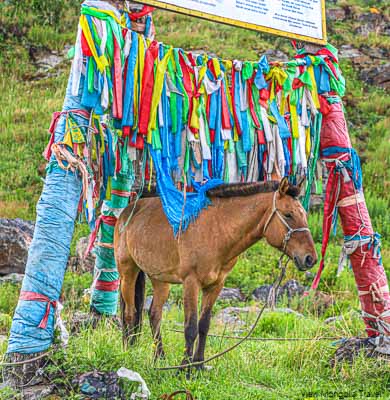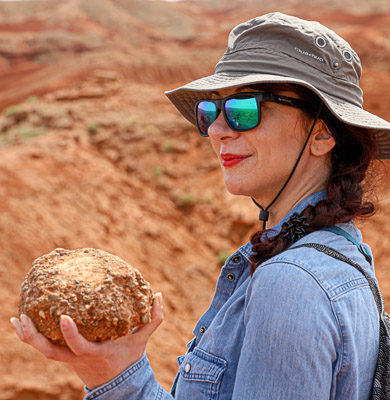Mongolian Yak Festival is an annual event celebrated in the Orkhon River Valley in Bat-Ulziit soum, Uvurkhangai province, on 23 July. Except for the Yak Festival, the Orkhon River Valley is famous for its outstanding nature, top attractions, Buddhist Monasteries, historical remains, and evidence. As a result, UNESCO has registered the Orkhon Valley as a World Cultural Heritage Site.
The organizers of the Yak Festival are an administrative office of Uvurkhangai Province, an administrative office of Bat-Ulziit soum, and The World Cultural Heritage Site Orkhon River Tourist Association.
The festival's primary purpose is to promote the yak herder nomads, improve and increase the benefits of yak-related products, introduce the yak culture to the public, and attract tourists.
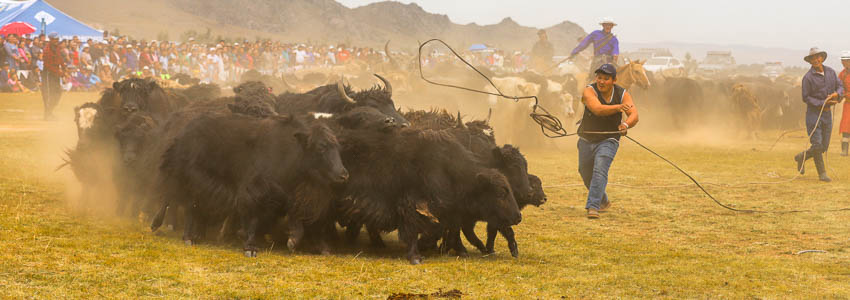
The main events of the Yak Festivals are:
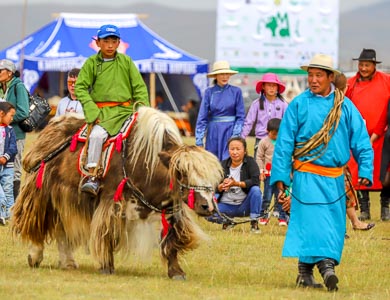
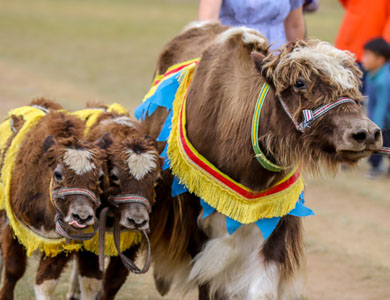
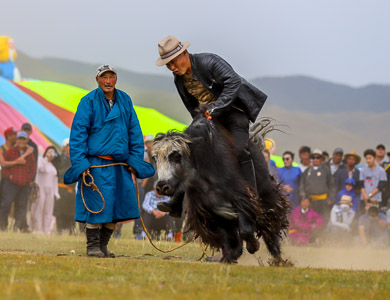
About Mongolian Yak
There are approximately 1,005,000 yaks in 13 provinces of Mongolia. Thus, Mongolia has the world’s second-largest yak heads after China. The world yak population is 14.2 million. The mountainous yak habitat areas of Arkhangai, Uvurkhangai, Khuvsgul, Bayan-Ulgii, Uvs, and Khovd provinces are among the top tourist destinations in Mongolia. Yaks inhabit not only the mountainous northern and western regions of Mongolia but also the mountainous areas of the Gobi Desert, including Bayankhongor, Zavkhan, and Gobi Altai provinces. The yaks were domesticated relatively late, and their isolated mountainous pastureland influences the animal’s strong character.
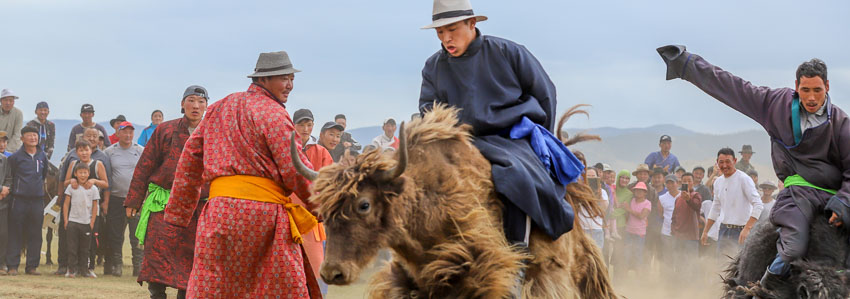
Sustainable farming and yak benefits
Yaks play an essential role in the nomadic breeders’ lives. The nomads are entirely self-sufficient when it comes to meat and dairy products. They produce over 60 types of dairy products using yak milk, which is highly nutritious, containing 7.2% fat, 5.3% protein, and 5.2% sugar. The fat content of yak milk increases in autumn, reaching between 9% and 12% after September. We suggest you try the yak dairy product during your visit to Mongolia and feel the nutrition.
Yak meat is also high quality and naturally low in cholesterol, saturated fats, and calories. The fat in yak meat is yellow and rich in keratin, a vitamin A source.
Nomads rely on yaks more than horses or camels for transportation and loading when moving their gers and for carrying fuel and water. Factories process yak wool and skin for clothing and other consumer products, while the nomads hand process the yak wool and hair for daily use.
